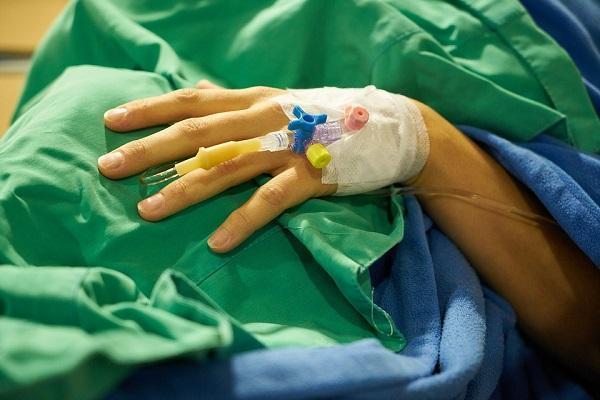A recent article explored the future of medical 3D printing, a field that could impact the lives of countless Help Hope Live families facing catastrophic injuries, illnesses, or transplant needs. Here are four of the developments that we’re most excited about, including bioprinted organs, corneas, bones, and skin.
The Miracle of 3D-Printed Organs

In the process of bioprinting, 3D printers layer biomaterial using a patient’s own cells and a dissolving gel or scaffold. One particular phrase will jump out for transplant patients: “patient’s own cells.” Through bioprinting, a 3D printed organ could face little to no rejection risk compared to a donor organ. After all, the organ is composed of cells from the same body it is entering.
In addition to circumventing rejection challenges, which can be expensive, heartbreaking, and life-threatening, 3D printed organs would drastically reduce the wait time for an organ and our international dependence on living and deceased donors.
One exciting recent development out of Tel Aviv University that you’ll remember from our Instagram page and email blast: scientists have printed a fully-vascular heart comprised of fat tissue cells partially reprogrammed into heart cells. The tiny heart includes vessels, cells, and chambers, all based on the cell donor’s own heart.
Printed Corneas to Replace Synethic Solutions

In South Korea, researchers have bioprinted prototype corneas composed of corneal stroma, the dense material that makes up the majority of the cornea, and supplementary stem cells. The printed corneas mimic natural cornea collagen patterns thanks to a friction-based process that scientists can control during printing.
While synthetic corneas are on the market today, they include materials that the human body may reject post-transplant, causing some cornea recipients to experience similar rejection challenges as other organ transplant recipients. These new prototypes may represent a transplant-ready, biocompatible cornea that tricks the body into fully accepting a transplanted cornea.
Bioprinted Bones and Cartilage

Swansea University researchers have 3D printed artificial bone that could replace current bone replacement materials. The new artificial bone has greater integrity than the cement-based synthetic materials that we use today, and it is able to readily replicate the structure of natural bones AND allow for new tissue to form.
This bone will not only stabilize a patient’s missing bone during a graft but also fuse with and ultimately replace the patient’s own bones.
In Australia, researchers have developed a cartilage printing machine that can fit into the palm of your hand. The BioPen is full of cells that can be implanted into failing joints. Just like the artificial bone emerging in the UK, this cartilage can replace a damaged joint in layers without disrupting the body’s natural joint structure or ability to repair itself. The injected cells work in tandem with existing cells to rapidly address damaged cartilage with a lasting impact.
Self-Sustaining Skin Grafts

Skin grafts are traditionally traumatic to the body and dependent on the availability of unburnt, healthy skin outside of the burn area. Out of Wake Forest School of Medicine, a new printer can print skin cells onto a burn, replacing the challenges of the traditional skin grafting process.
This new printer is fueled by cells that grow from an area just 10% the size of the burn wound. The device scans for size and depth and produces multiple categories of cells spaced out to address the full depth of the wound.
Written by Emily Progin










